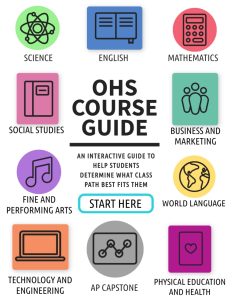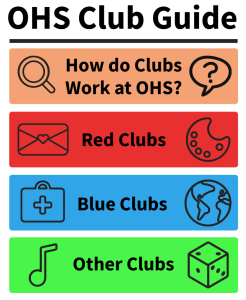Minneota Education Compared to the U.S.
March 2, 2015
“Education is a middle class endeavour,” media specialist Mary Bischoff said.
To graduate from a Minn. high school, students must earn at least 21.5 credits and pass the math, reading and writing assessments. Minn. high school students can also earn college credits before graduation through various dual-credit opportunities, according to the Minnesota Department of Education.
Teachers make a big impact on their students in the classroom. “A strength for teachers to possess is to break down information for each individual student because everyone learns differently,” technology teacher Mark Vonder Haar said.
In Minn., there are 393 school districts, 610 high schools with 16,163 full-time teachers, and 277,910 students enrolled.
In the 2014 U.S. News Best High Schools rankings, Minn. has seven gold medal schools, 34 silver medal schools and 100 bronze medal schools. Coming in at the number one school in Minn. is Edina High School followed by Mahtomedi Senior High School. Orono Senior High is ranked number five in the state of Minn.
“Compared to other states, Minn. has an excellent K-12 system. We, as Minnesotans, lead the nation with standardized test scores,” psychology teacher Andy Gagnon said.
Minn. puts more of its educational funding per student into the classroom and spends more on district administration when compared to other states.
In 2010, our policymakers allocated $10,685 per student on K-12 education. That places Minn. near the national average of $10,615 per student for education spending. Wisconsin and Illinois are just under the same price as Minn.
Legislation requires all students, starting in ninth grade, to have a “plan” around seven key elements. The name for this plan may vary among districts, but it should be looked at as a life plan that includes academic scheduling, career exploration, 21st Century skills, community partnerships, college access, all forms of postsecondary training, and experiential learning opportunities.
“Education is becoming more competitive. Minnesota does a good job of keeping up with the competitiveness with other states,” junior Sylvia Roberts said.
Comparing Minn. Education to other states:
Texas high school students are tested in English language arts, reading, math, science and social studies. To graduate from a Texas high school, students must earn at least 22 credits, including one credit of fine arts and a half credit in speech, according to the Texas Education Agency. There are more than 300 schools in the 2014 U.S. News Best High Schools rankings, including the School for the Talented and Gifted, the top-ranked school in the country.
Ohio high school students must earn at least 20 credits in various subjects, including economics and financial literacy. According to the Ohio Department of Education, 10th grade students take the Ohio Graduation Tests, which assess reading, writing, math, science and social studies skills. Of the numerous Ohio schools ranked in 2014 among the U.S. News Best High Schools, 22 were awarded gold medals, 93 earned silver medals and 129 received bronze medals.




























































